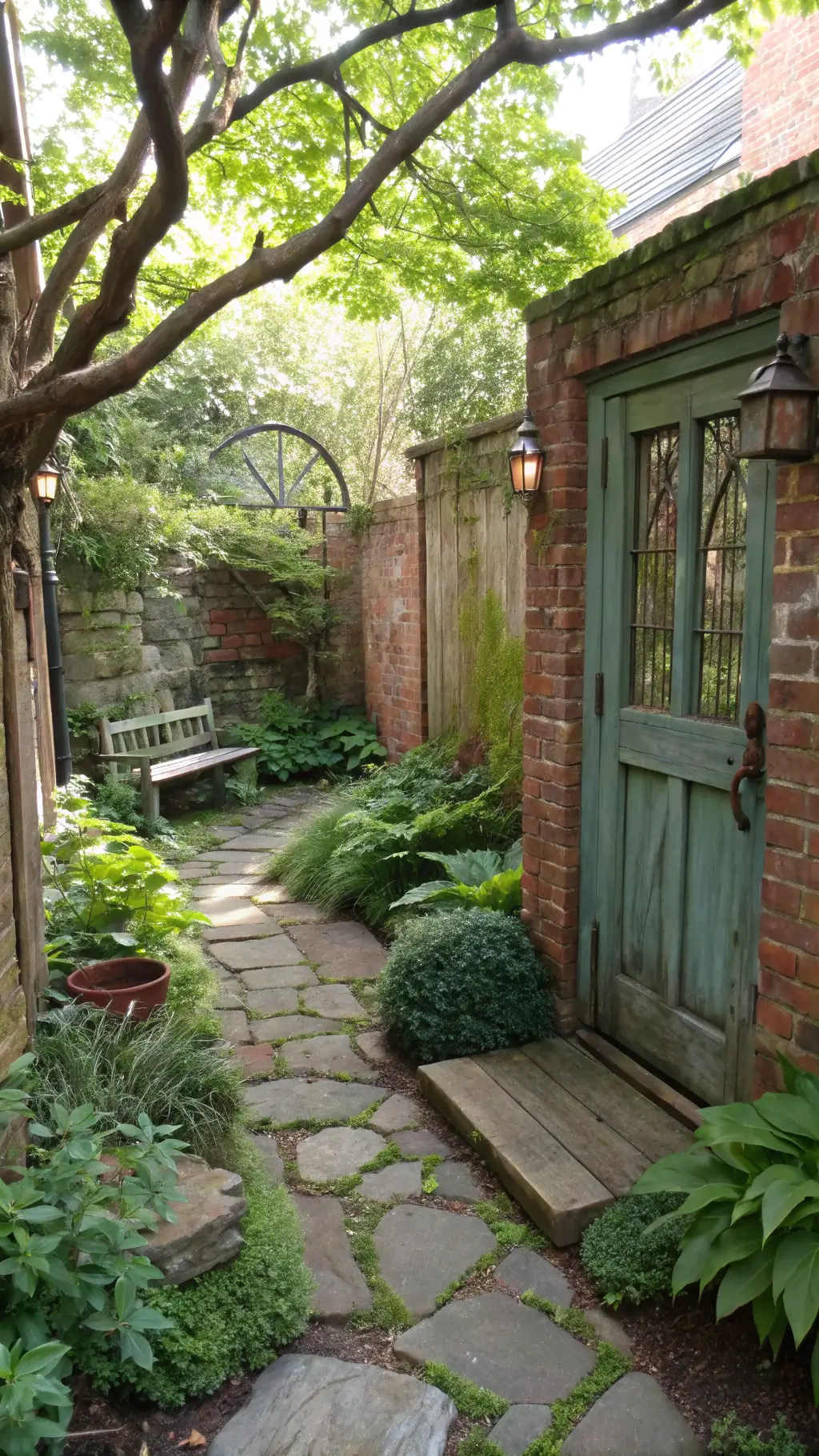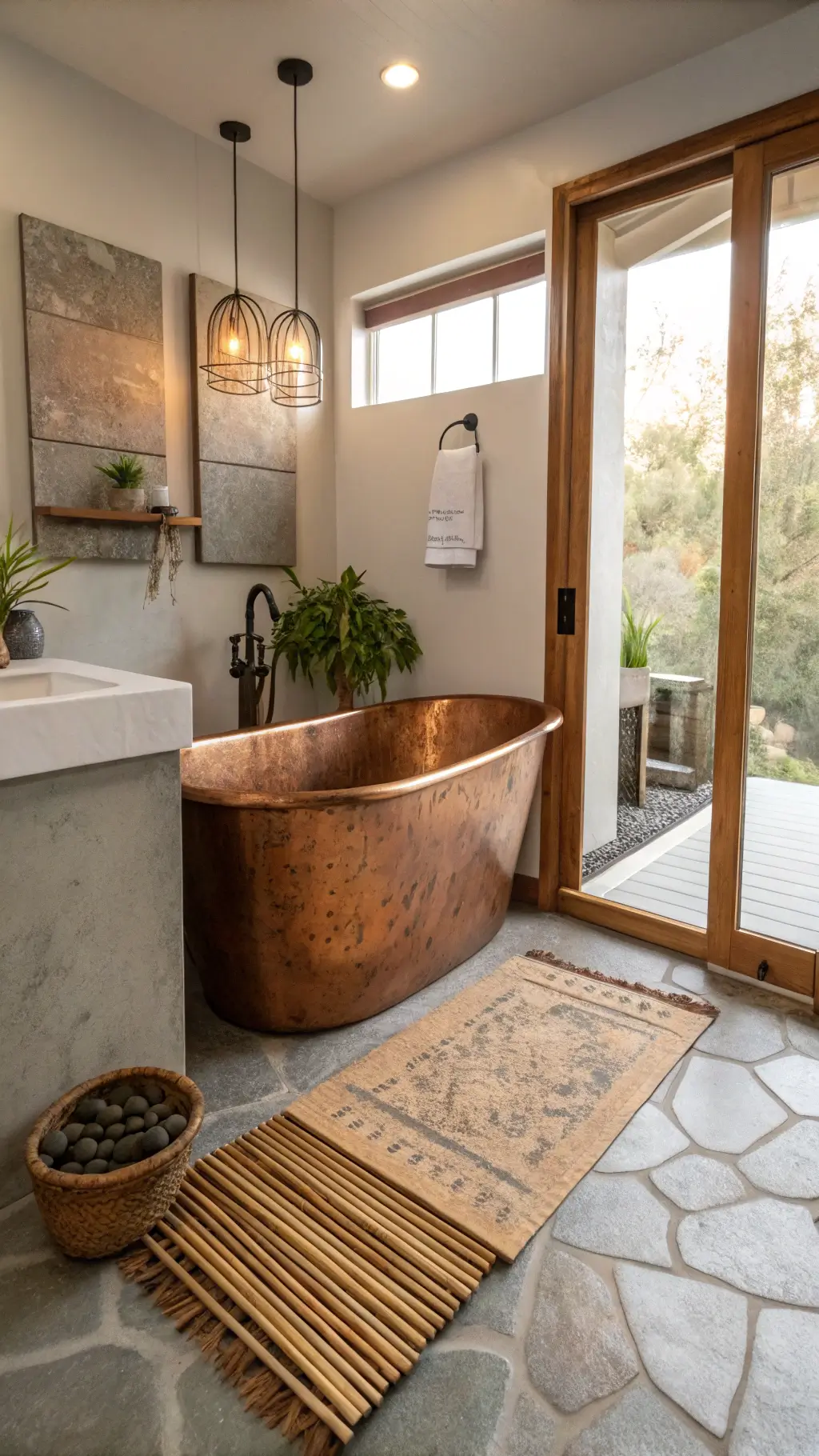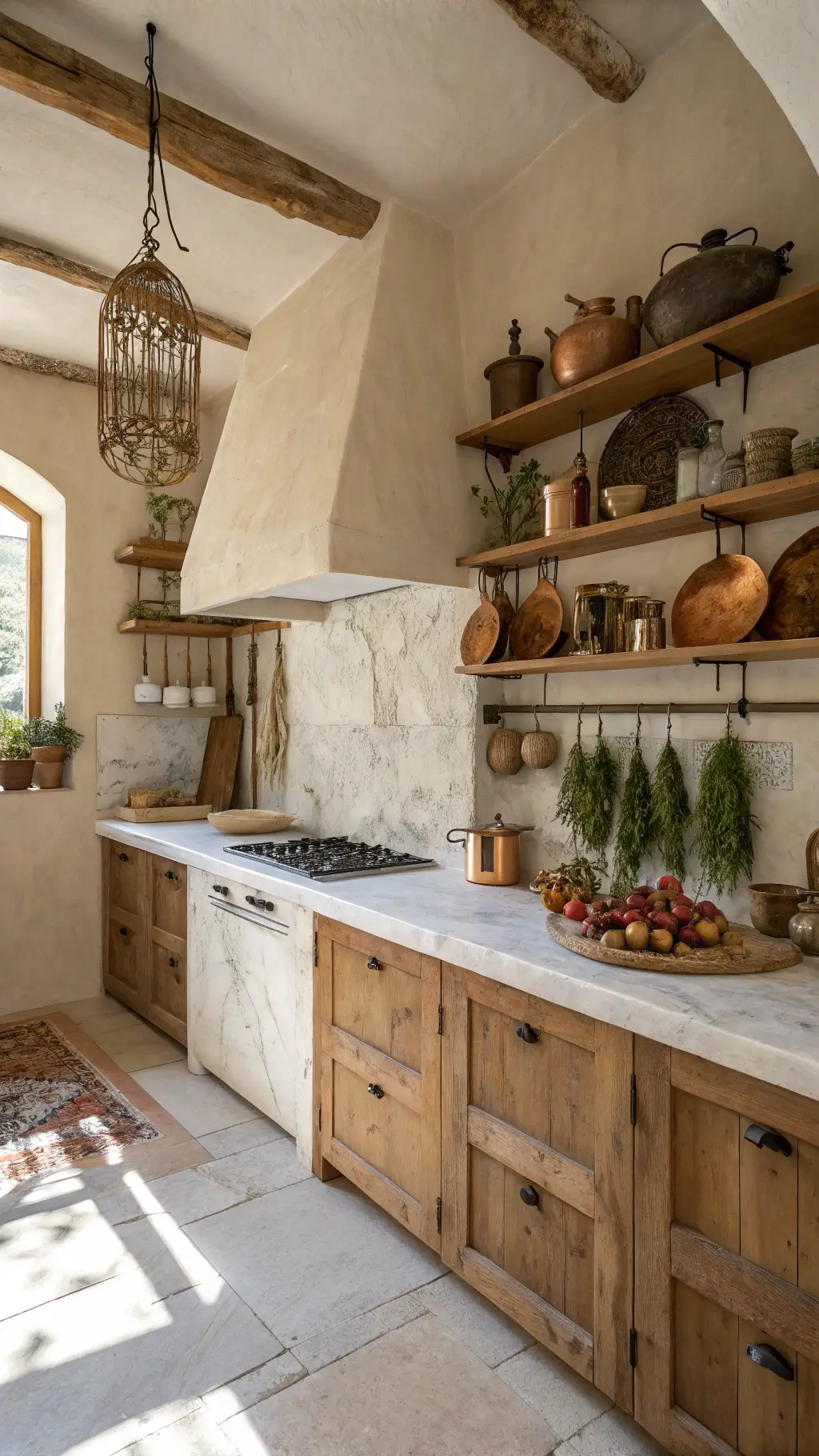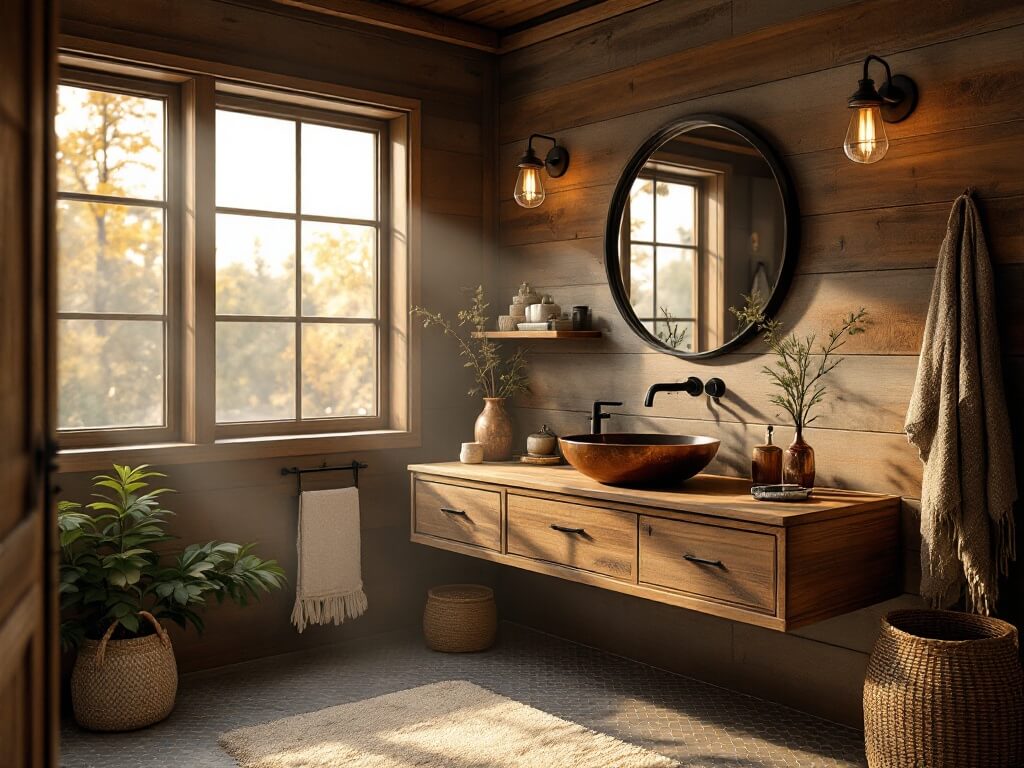What is Wabi-Sabi Gardening?
Wabi-sabi isn’t just a gardening style—it’s a radical reimagining of beauty. This Japanese philosophy turns traditional garden design on its head by celebrating:
- Imperfection over perfection
- Natural aging and decay
- Asymmetrical and uncontrolled growth
- The beauty of transience
Core Principles That Will Transform Your Garden
Imagine a garden that tells a story. Not a manicured, artificial narrative, but a raw, authentic journey of growth and transformation.
Wabi-Sabi Design Philosophy:
- Embrace natural irregularities
- Welcome seasonal changes
- Accept decay as part of life’s cycle
- Create spaces that breathe and evolve
Designing Your Wabi-Sabi Sanctuary
Materials That Age Gracefully:
- Weathered wooden elements
- Moss-covered stones
- Rusty garden tools as decorative pieces
- Natural, locally sourced materials
Plant Selection Strategies:
- Choose native plants
- Prioritize plants with interesting textures
- Allow self-seeding and natural spread
- Celebrate plants at different life stages
Practical Implementation Tips
- Stop fighting nature’s natural processes
- Remove rigid garden borders
- Let some areas grow wild
- Incorporate reclaimed or vintage items
- Create asymmetrical plant arrangements
What I Learned: Personal Insights
When I first started my wabi-sabi garden, I fought against every fallen leaf and uneven growth. Now, I see each “imperfection” as a unique brushstroke in nature’s masterpiece.
My favorite corner now features:
- A moss-covered stone bench
- Self-seeded wildflowers
- An old copper watering can with beautiful green patina
- Randomly placed stones creating natural pathways
Maintenance: Less is More
Wabi-sabi gardening isn’t about neglect—it’s about mindful minimalism:
- Minimal pruning
- No chemical interventions
- Observing rather than controlling
- Allowing natural rhythms to guide growth
The Deeper Meaning
Beyond aesthetics, wabi-sabi gardening teaches profound life lessons:
- Acceptance of change
- Finding beauty in imperfection
- Connecting deeply with natural cycles
- Letting go of control
Your Wabi-Sabi Journey Starts Now
This isn’t just gardening. It’s a philosophy, a way of seeing the world that celebrates life in all its messy, beautiful complexity.
Your garden can be a living meditation—a space that breathes, changes, and tells a story far more interesting than any perfectly trimmed hedge.
Remember: In wabi-sabi, there are no mistakes. Only unexpected moments of beauty.














